If you’ve ever been under a deck, whether doing repairs or enjoying the shade from the hot summer sun, then you know how essential it is to ensure that there’s a sturdy foundation and enough support.
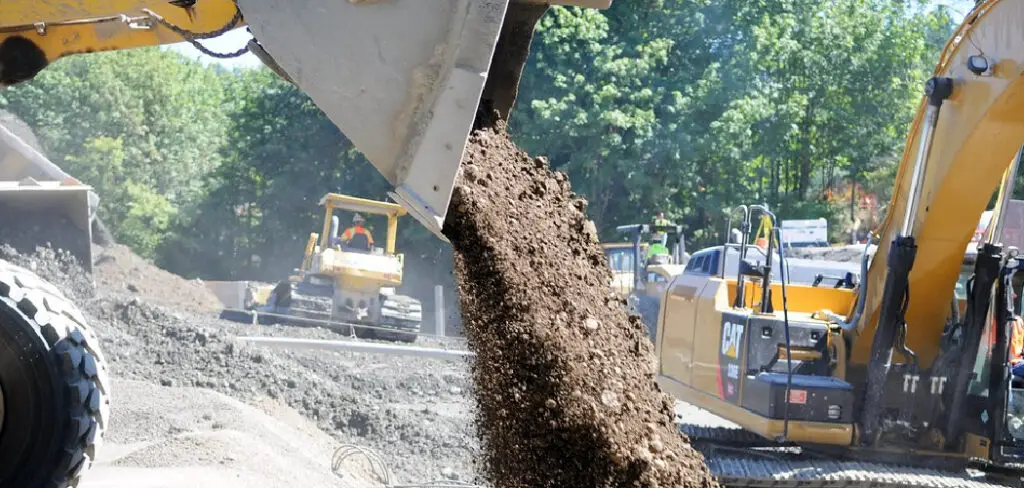
The process of backfilling under decks involves removing any old materials and pouring new materials into place – but this isn’t as easy as one might think!
To help make the process simpler for our readers, we have pulled together all the necessary information on how to backfill under a deck so that you can get started today. From considering which type of fill works best depending on weight distribution to safety tips when working with digging tools, this guide will provide everything you need in order to complete your project correctly and confidently. So let’s begin!
Tools and Materials You Will Need to Backfill Under a Deck
1. A shovel or spade for digging
2. Wheelbarrow
3. Lawn roller (depending on the type of fill chosen)
4. Landscape fabric
5. Gravel or crushed stone
6. Sand, if needed
7. Soil/compost mixture for the final layer
Step-by-step Guidelines on How to Backfill Under a Deck
Step 1: Remove Any Old Materials
The first step is to ensure that you have a clean slate before starting the backfilling process. This includes removing any plants, rocks, or debris from under your deck and setting them aside for later use.
Be sure to do this safely by wearing gloves and proper footwear, as well as having someone assist you if necessary. Removing any old materials will also help to prevent future damage to your deck and ensure the longevity of your new foundation.
Step 2: Choose Your Fill Material
The type of fill material you choose will depend on various factors, including weight distribution and budget. Some common options include gravel, sand, or a mix of soil and compost.
It’s important to note that heavier fill materials should be used if your deck is supporting a heavy outdoor structure, such as a hot tub or grill. This will prevent any settling or damage to your deck over time.
Step 3: Dig Out the Area
Using a shovel or spade, dig out the area under your deck to create room for the fill material. The depth of this area should be around 6 inches, but it may vary depending on your specific project needs. Be sure to dig evenly and remove any large rocks or roots that may get in the way. It’s also essential to create a gradual slope away from your home to prevent water from pooling under your deck.
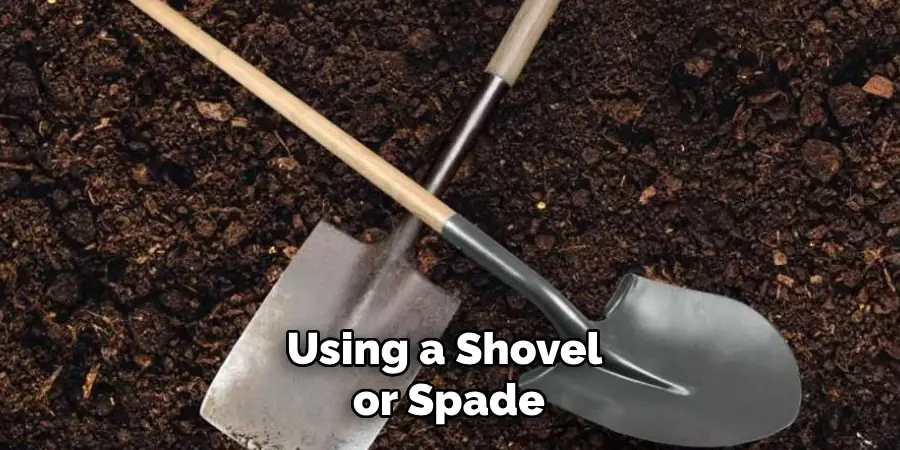
Step 4: Place Landscape Fabric
Once you have dug out the area, lay landscape fabric over it to prevent any weeds or plants from growing through your fill material. This will help keep your backfilling project low maintenance and prevent any future issues with weeds or erosion. Placing landscape fabric is especially crucial if you are using gravel as your fill material.
Step 5: Add Your Fill Material
Using a wheelbarrow, add your chosen fill material into the dug-out area under your deck. Be sure to spread it evenly and use a lawn roller to compact it down lightly. This will help ensure there are no air pockets or gaps, which could lead to settling in the future. Adding sand as a final layer can also help create a smooth and even surface for your deck.
Step 6: Compact the Final Layer
If you have chosen to add a layer of soil/compost mixture, be sure to spread it evenly over the top of your fill material and compact it down lightly using a lawn roller. This final layer will help provide nutrients for any plants or grass that may eventually grow under your deck. Make sure to avoid packing the soil too tightly, as this may affect drainage and cause issues with water pooling.
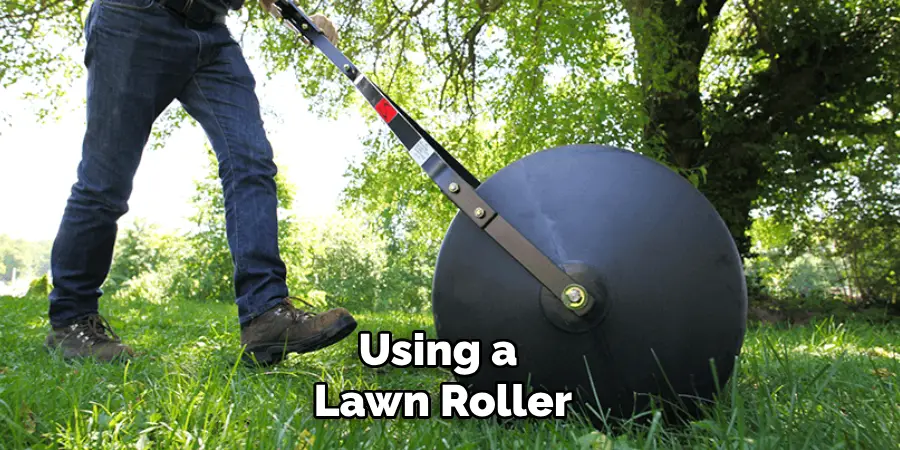
Following these six simple steps will help ensure your deck has a sturdy and supportive foundation, and make the backfilling process stress-free. Remember to always prioritize safety by wearing proper gear and having someone assist you if needed. With this guide, you can now confidently enjoy spending time under your deck without worrying about any potential structural issues. Happy backfilling!
Additional Tips and Tricks to Backfill Under a Deck
1. Before beginning to backfill, make sure the area under your deck is clean and free of any debris or obstructions. This will ensure a smooth and even backfill process.
2. If possible, try to use a mechanical excavator for backfilling as it can save time and effort compared to manual labor.
3. Be cautious while handling heavy machinery during the backfilling process. Ensure that the operator is experienced and trained to operate the equipment.
4. If you are using soil for backfill, make sure it is of good quality and not too compacted. This will allow for proper drainage and prevent water from pooling under your deck.
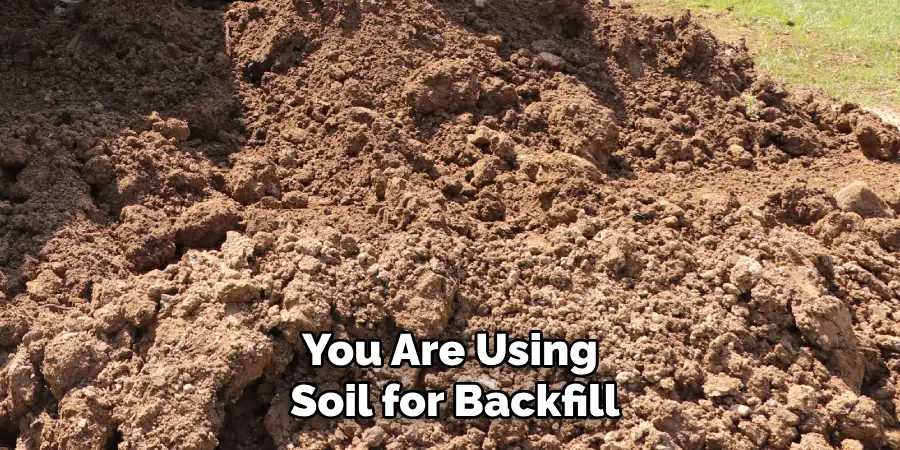
5. In case your deck is built on a slope, consider adding retaining walls or terracing to avoid any potential erosion or soil movement.
6. If you are planning to plant shrubs or bushes around the deck, it is best to backfill with a layer of topsoil before adding the final layer of gravel. This will provide a better environment for plants to grow.
7. After backfilling, compact the soil using a plate compactor or hand tamper. This will help settle the soil and prevent any future sinking or shifting.
8. If there are any pipes or utilities running under your deck, make sure to protect them by using a layer of sand or gravel before adding the final layer of backfill.
9. Regularly inspect the area under your deck after backfilling to ensure that there are no drainage issues or settling occurring. If you notice any problems, address them immediately to prevent any potential damage to your deck.
Following these additional tips and tricks will not only help you effectively backfill under your deck but also ensure the longevity and stability of your deck structure. Remember, proper backfilling is crucial for maintaining a safe and functional outdoor space, so take the time to do it right. Happy building!
Precautions Need to Be Followed for Backfilling Under a Deck
1. Before starting the backfill process, make sure to check with local authorities for any specific regulations or permits that may be needed. This can vary depending on where you live and can save you from potential legal troubles.
2. Before beginning digging, locate all underground utilities such as gas lines, water pipes, and electrical wires. Any damage to these can not only cause serious harm but also lead to expensive repairs.
3. In case your deck is attached to your house, check for any potential damage or cracks in the foundation before proceeding with the backfill. Any issues should be addressed and fixed beforehand to prevent future problems.
4. Be aware of the soil type on your property as it can affect the stability and drainage of the backfilled area. Clay soils are more stable and can hold moisture well, while sandy soils are prone to shifting and may cause drainage issues.
5. Consider using a geotextile fabric to prevent soil erosion and weed growth in the backfilled area. This will also help with stabilizing the backfill.
6. It is recommended to use compacted gravel or crushed rock for the first layer of backfill, followed by a layer of clean fill dirt. This will provide a stable base for the deck and prevent settling.
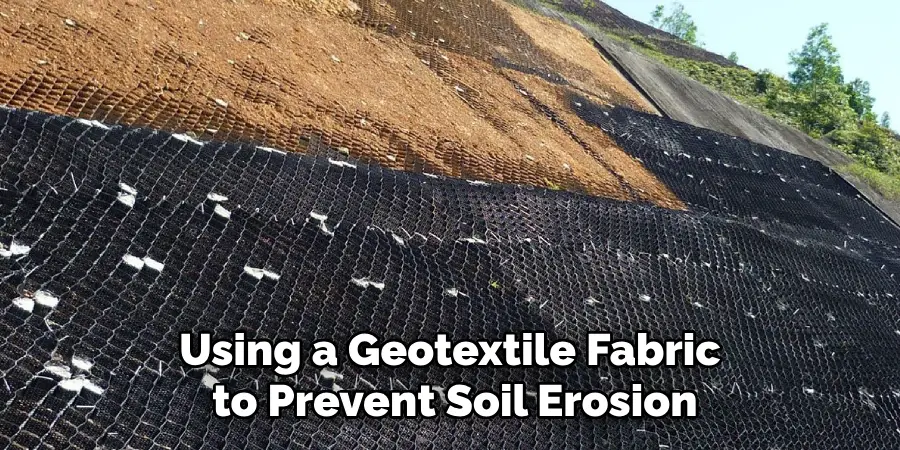
7. When backfilling, do it in small increments and compact each layer thoroughly using a hand tamper or plate compactor to ensure proper stability. This will help prevent potential shifting or sinking of the backfilled area.
8. If your deck has any posts or columns, make sure to backfill around them individually and compact the soil well. This will provide additional support for these load-bearing elements.
Following these precautions can help ensure a safe and stable backfill process under your deck. It is always recommended to consult a professional if you have any doubts or concerns about the backfilling process. Safety should always be the top priority when undertaking any construction project. So, make sure to follow these precautions and enjoy your new and sturdy deck!
Conclusion
As you can see, backfilling under a deck is a powerful way to make sure your outdoor projects stay both secure and attractive. From choosing the right type of fill materials to making sure that every corner is thoroughly packed, there are many steps you should take to ensure the best result possible.
Whether you want to create an outdoor patio or just ensure the structural integrity of your deck, taking the time to properly backfill is an important task for any homeowner. So don’t wait – get started now on your project by educating yourself on how to backfill under a deck! With enough planning and hard work, you can be proud of your finished backyard oasis in no time

